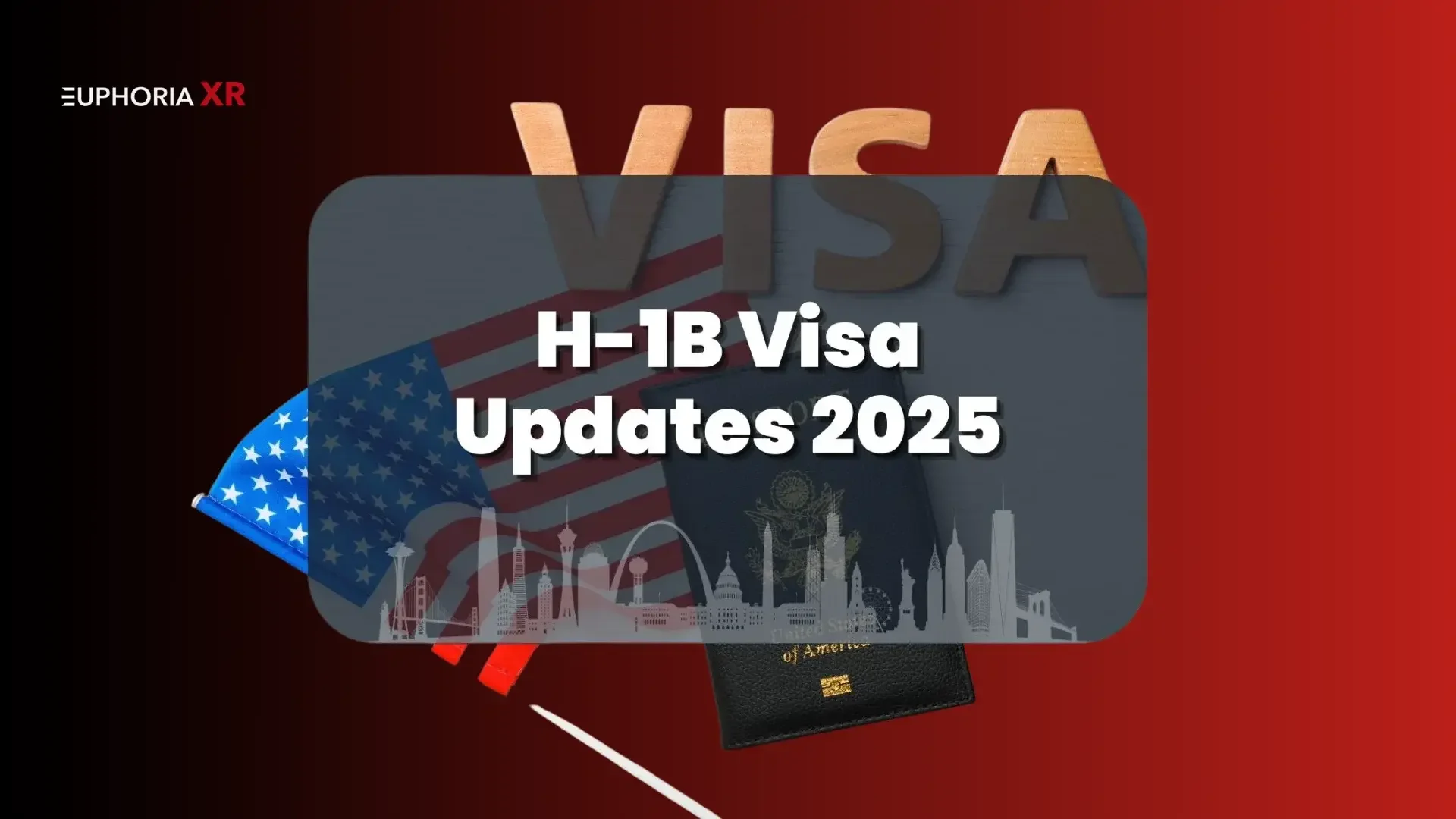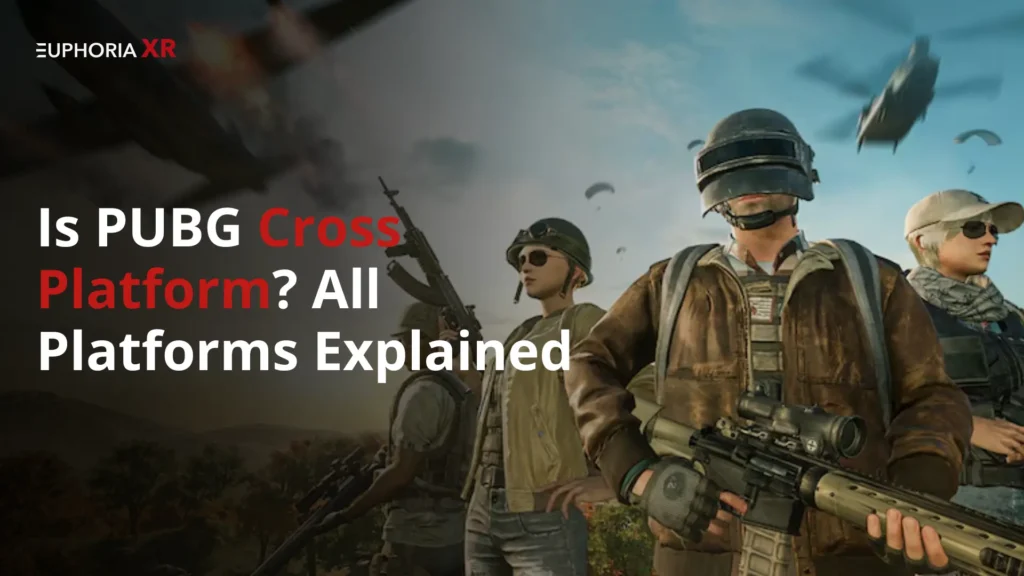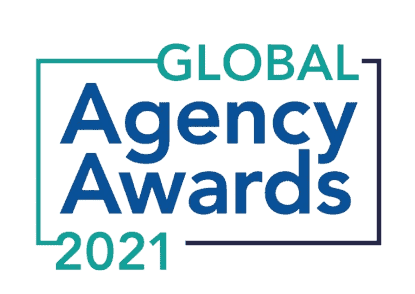Will you pay 100,000 dollars to employ a single employee?
That is what U.S. companies are currently encountering with the new rules on the H-1B visa of 2025. On September 21, 2025, the president introduced a supplemental fee of $100,000 for new H-1B applications and imposed a ban on the type of entry of some nonimmigrant workers.
Over the years, the H-1B visa has been the primary source of global tech talent. However, the paradigm has changed now, and no one, be it startups or formal 500s, is wondering what will come next.
Overview of the H-1B Visa Program
One of the most popular work visas in the United States is the H-1B visa. It enables U.S. employers to attract foreign professionals who are highly qualified to do a job that requires specialized knowledge. Consider the concept of such jobs as software developers, engineers, scientists, doctors, and financial analysts.
Here’s what you should know:
Who qualifies? Employees who have a bachelor’s degree (or completion of 3 years of experience) in a professional area.
Period of validity: The visa is given a term of 3 years only, though it can be extended to 6 years.
Annual limit: A total of 65,000 regular H-1B visas and 20,000 new ones are allocated to H-1B workers with U.S. master’s or higher degrees are released annually.
Dual intent: In contrast to most visas, H-1B holders may also seek a green card in the same period that they are on their visa.
Since it always happens that the number of applicants surpasses the one of workers and the opposite does not happen, H-1B visas are frequently issued in a lottery manner. It is an indispensable approach to foreign skills, particularly in technology aspects, for many U.S. companies.
The H-1B Visa Executive Order 2025
On September 21, 2025, a new executive order had a radical impact on the mode of operation of the H-1B program. Three significant changes were brought by the order:
There is an additional H-1B supplemental fee of $100 000 every new H-1B petition after the effective date.
Barricades to non-immigrant workers in case this fee is not paid.
The order will take a period of 12 months, which is a period between September 21, 2025, and September 20, 2026, although it may be renewed.
The White House H-1B clarification had further elucidated that:
The fee is simply imposed on new petitions after the date of effectiveness.
The renewals and the currently existing H-1B holders will be unaffected.
There is an exemption of national interest when there exist extreme cases, e.g., defense or healthcare.
This act has been put in perspective as a measure to safeguard the U.S. workforce, yet the employers and foreign workers have expressed apprehensions regarding the escalation in cost and lack of opportunities.
The $100,000 H-1B Visa Fee
Among the most significant modifications to be introduced in 2025, it is necessary to talk about the implementation of an additional fee of 100,000 USD in order to file a new H-1B application. This regulation became effective on September 21, 2025, and it has shocked the business and immigration world.
Who Has to Pay?
Employers in the U.S. who are submitting new petitions for workers outside the country under the H1B.
Firms that employ foreigners who are seeking the issuance of a visa or entry under the status of H-1B.
Who Is Exempt?
The renewals of those already within the U.S.
Current H-1B holders who received their approvals before Sept 21, 2025.
Before the new rule came into action, petitions were made.
Why It Matters?
To large organizations with deep pockets, a $100,000 can be affordable. However, this fee may be a deal breaker for small and mid-sized businesses. The price of submitting an H-1B would now, in most instances, prove to be more expensive than the yearly wages of the position itself.
The H-1B fact sheet of the White House explained that this fee will not be assessed retroactively. This implies that employees who are already in the U.S. and whose statuses are on H-1B are not going to bear the new burden.
Restriction on Entry of Certain Nonimmigrant Workers
The executive order also limits admission of some H-1B workers, along with the fee.
What does the Rule say?
In case of failure to pay the $100,000 fee, the U.S. Department of State will not grant any visas.
U.S. Customs and Border Protection may refuse entry at the border in case the petition is not in compliance, even when it has been approved.
Exceptions and Waivers
The employees can be eligible to obtain a national interest waiver in case their position is crucial to sectors such as healthcare, the military, or essential infrastructure.
These exemptions are not common, and the employer has to justify them.
Impact
This ban forms a two-level system:
Only those able to pay enjoy access to talent in the world.
The ones that are unable to are sidelined from the H-1B route.
To most employers, it implies the discontinuation of the new limits and the adoption of other methods of hiring, including domestic or distant overseas workforce.
White House H-1B Fact Sheet Explained
When the executive order became official, both employers and foreign workers were at cross purposes when it was signed. In article of this regard, the administration issued the H-1B fact sheet of the White House containing the clarifications:
New petitions are subject to a fee of $100,000.
H-1B Renewals and current holders are secure.
Petitions of later than September 21, 2025, are exempt.
The rule is temporary.
The bans persist for 12 months (until September 20, 2026).
The government can expand, renew, or abolish the rule at its discretion, depending on the market conditions.
There is an exemption in the national interest.
Healthcare, defense roles, and vital infrastructure may have a fee exemption.
This explanation was to reflect the idea of calming down the fears, yet the new rules continue to appear to numerous businesses like a significant shake in the system of global hiring.
Impact on Businesses
Not all individuals will have a similar treatment of the H-1B visa executive order 2025.
Big Tech Companies
Google, Amazon, and Microsoft can afford the additional expenditure.
Having offices worldwide and significant pockets, they have the capability of meeting the challenge or transferring talent to other locations.
The change costs them a lot, but it is not a crisis.
Minor and Middle-Size Businesses.
The case is different in companies that have 50-100 workers.
It is impossible to spend $100,000 per petition.
A lot of these companies rely on expert knowledge, such as Python development, design, or engineering.
Now, they’ll be forced to:
Put hiring plans on hold.
Compete more to attract workers in the United States of America at higher salaries.
Or, better said, get remote foreign workers from another country who can get the same competencies at a low price.
Such a gap will ensure that big organizations will still have access to global talent, and small companies will have to reconsider their approach to hiring on a whole new level.
Market & Community Reaction
The new regulations have attracted intense discussions both in law schools and online discussion rooms, such as the Trump H-1B visas Reddit.
The advocates feel that the limitations secure American workers.
The move will promote outsourcing and remote hiring, according to critics.
It has been predicted that there will be a massive demand in the number of remote workers in South Asia and the Middle East, where employers are able to employ professionals with the same skills at a much lower cost.
This trend isn’t new. The studies conducted by the National Foundation of American Policy have depicted that the previous H-1B limitations already caused work to be outsourced. The 2025 regulations merely increase the stakes, with remote teams being the viable option for small businesses.
Conclusion
The new H-1B 2025 has transformed the hiring process in the world. The $100,000 fee can be handled by big corporations, whereas it is not a possibility with small and mid-size firms. To them, remote hiring is the best way ahead, more so in South Asia and the Middle East, where the talent is as skilled and cheaper. In the current market, it is not a question of choice to change with this shift; rather, it is a question of survival and expansion.
Frequently Asked Questions (FAQs)
What are the new H-1B rules in 2025?
In the 2025 executive order, a fee of $100,000 was set for the H-1B petitions filed by companies, and entry was limited to the workers in case of non-payment of the fee.
Does the $100,000 H-1B visa fee apply to renewals of existing H-1B visas?
No. The charge will be imposed on new petitions only after September 21, 2025. That is not the case with renewals and existing H-1B holders.
Who is exempt from the new H-1B restrictions?
Renewals, petitions submitted before the rule, current H-1B holders, and some workers in the national interest, including defense or healthcare experts, are all excluded.
How long will the H-1B restrictions last?
The regulations have a duration of 12 months, that is, between September 21, 2025, and September 20, 2026, although it can be extended or rewritten.
What does the White House H-1B clarification say?
The White House issued confirmations that the fee is not retroactive, the current H-1B holders are also not affected, and that there are exemptions made for essential national interest jobs.















